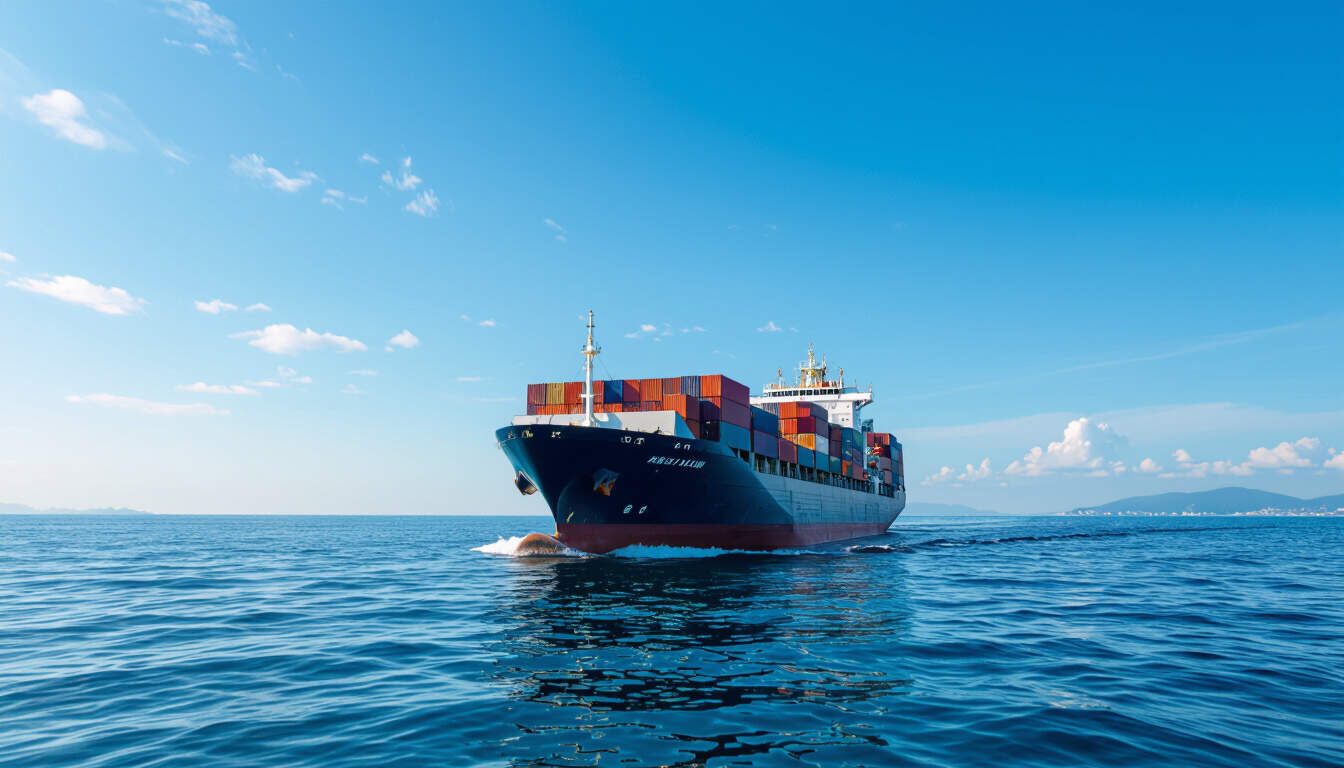Strategies for Energy Efficiency in Shipping
 by Marlene Keeling
by Marlene Keeling
Energy efficiency in shipping offers significant cost reductions and environmental benefits. This article explores practical approaches, real-world examples, and new developments to help optimize energy use in the maritime sector, making operations more sustainable and economical.

Energy efficiency in shipping stands as a key focus for reducing operational costs and minimizing environmental impact. Businesses in the maritime sector increasingly prioritize this area to maintain competitiveness while supporting global sustainability goals.
In the shipping industry, energy efficiency involves optimizing fuel consumption and reducing waste. For instance, simple measures like regular maintenance of vessel engines can lead to substantial savings. Operators can begin by assessing current energy usage through data collection from onboard systems.
Practical strategies form the backbone of effective energy budgeting. One approach is route optimization, where ships follow the most direct paths based on weather and sea conditions. This method helps in lowering fuel needs without compromising delivery schedules. Another strategy includes upgrading to more efficient propulsion systems, such as those using advanced hull designs that cut through water with less resistance.
To implement these strategies, companies often start with energy audits. These audits provide a clear picture of consumption patterns, allowing for targeted improvements. For example, retrofitting older fleets with LED lighting and energy-efficient appliances can yield immediate results. Shipping industry experts recommend integrating these changes into broader budgeting plans to ensure long-term financial benefits.
Case studies highlight the real-world application of these strategies. A European shipping company reduced its annual fuel costs by 15% after adopting speed reduction programs. By slowing vessels slightly on certain routes, the company not only saved on fuel but also decreased emissions, aligning with international regulations. This example demonstrates how small adjustments in operations can lead to measurable outcomes.
Another case involves an Asian freight operator that invested in alternative fuels. By switching to liquefied natural gas (LNG) for part of its fleet, the operator achieved a 20% drop in carbon emissions over two years. This shift required initial budgeting for infrastructure changes, but the long-term savings in energy costs made it worthwhile. Such successes underscore the value of proactive planning in energy management.
Emerging trends are reshaping how the shipping sector approaches energy efficiency. The rise of digital tools, such as predictive analytics, allows for better forecasting of energy demands. These technologies analyze historical data to suggest optimal operating conditions, helping crews make informed decisions in real time.
Renewable energy sources are also gaining traction. For example, wind-assisted propulsion systems, like rotor sails, are being tested on commercial vessels. Early trials show potential reductions in fuel use by up to 10%, offering a pathway to more sustainable practices. As these trends develop, they provide new opportunities for energy budgeting that balance economic and ecological priorities.
In summary, focusing on energy efficiency in shipping requires a commitment to strategic planning and innovation. By adopting practical strategies and learning from case studies, businesses can achieve significant savings and contribute to a greener future. As the sector evolves with new trends, ongoing adaptation will be essential for success.
Key Benefits of Energy Efficiency Strategies
- Reduced operational expenses through lower fuel consumption
- Compliance with environmental standards and regulations
- Improved vessel performance and longevity
- Enhanced corporate reputation among sustainability-focused stakeholders
Steps to Get Started
- Conduct an initial energy audit to baseline current usage.
- Evaluate and prioritize upgrades based on cost-benefit analysis.
- Monitor progress with regular performance reviews.
- Explore partnerships for accessing new technologies.
